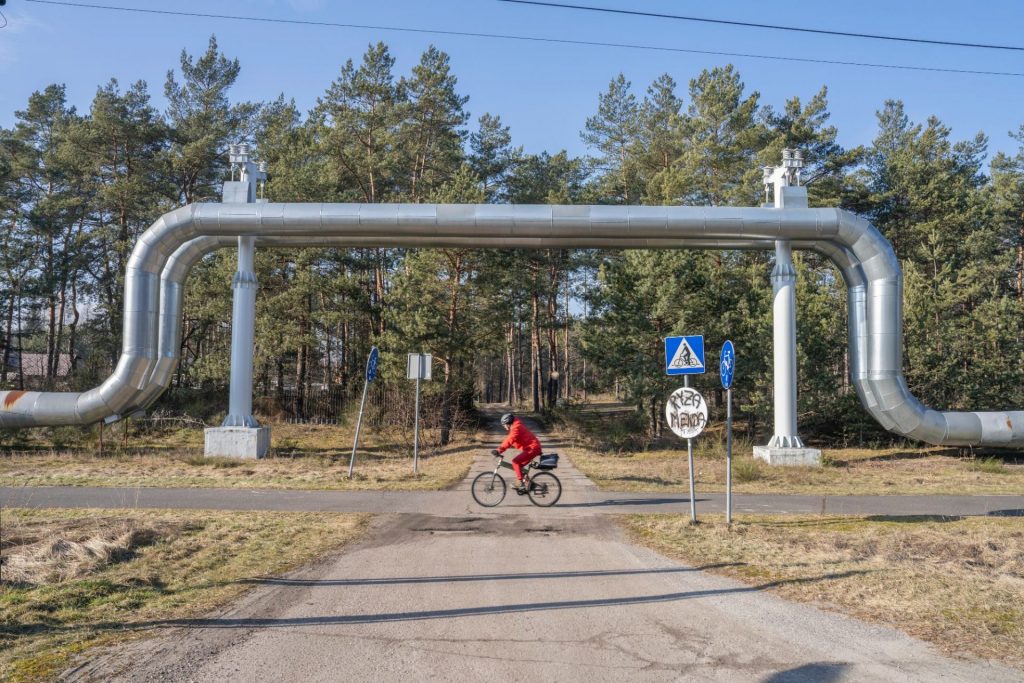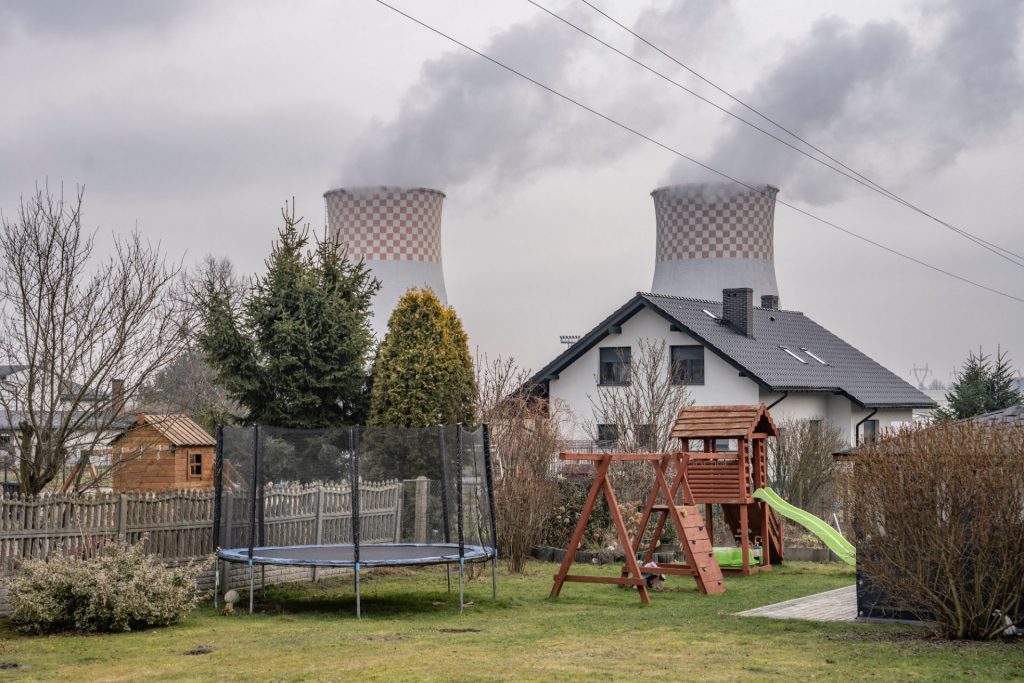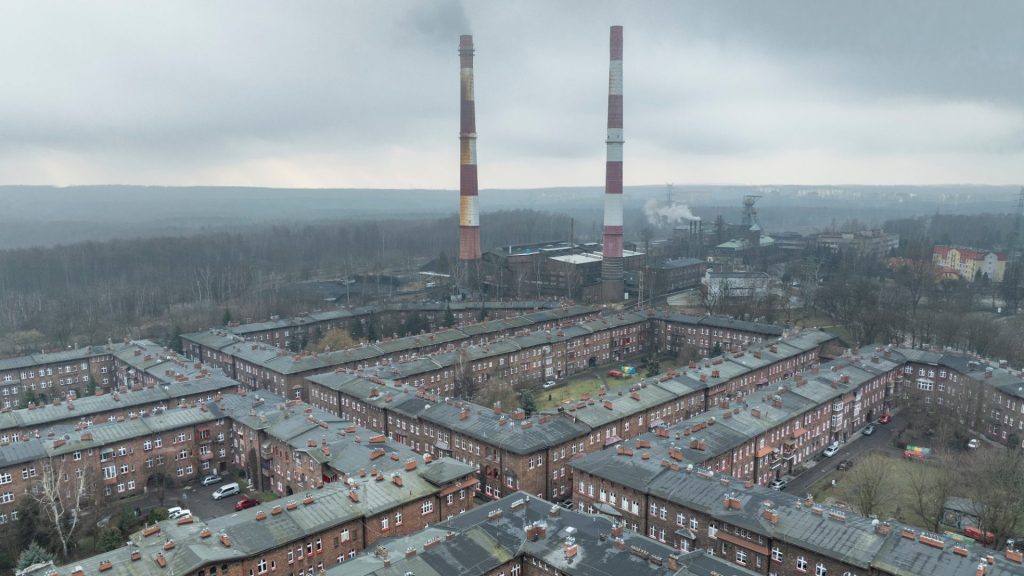“In winter, you can smell the coal smoke in the air, and every year, my kids have this deep, dry cough,” says Marta, from Bełchatów in central Poland, as I get ready to take her picture. “Doctors say it’s the air pollution, but what can we do? Moving isn’t an option for most of us.”
Bełchatów is the site of a huge open-pit coal mine. It is one of the country’s, and Europe’s, largest active coal reserves. And Marta is typical of the people I have met while photographing communities in historically coal-dependent regions of Poland and Germany, where the impact of mining is etched into both the landscape and the lives of the families who live in the shadow of coal.
In the coal-mining regions of Rhineland and Silesia, extraction has reshaped inhabited spaces into surreal, metaphysical landscapes. Towering industrial structures loom over daily life, embodying both progress and collapse. These are the symptoms of a coal addiction – but coal is a difficult drug to give up.

“My father was a miner, my grandfather too. It’s part of who we are,” says Tomasz, a shop owner in Rybnik, southern Poland. “But my children don’t see a future in coal. They want something different, something cleaner. The problem is, we don’t know if that future will come fast enough.”
Europe is transitioning towards a sustainable future based on reducing greenhouse gas emissions and limiting the effects of climate change. Coal, the most emission-intensive fossil fuel, is the prime target of the European Green Deal, and the attack on it is working.
In 2024, 20 European countries accounted for only 10% of Europe’s coal power generation. Half of them no longer operate coal-fired power plants, while the other half have committed to a complete phase-out within the next five years. But Germany and Poland remain heavily reliant on coal for energy production, contributing 73% of the EU’s coal-based power. In 2023 alone, coal combustion in these two nations released 330 megatonnes of CO₂ into the air, damaging the environment and increasing the risk of severe respiratory and cardiovascular diseases in locals.
Villages have been displaced to make way for expanding mines, forests cleared, and entire communities forced to resettle. Yet while coal extraction has left irreversible scars, it has also fostered a strong local identity. “So many people here have a connection to the coal industry… countless families have someone who worked in coal,” a resident told me during a visit to Bedburg, western Germany.

Generations grew up in the shadow of the mines, and the coal industry provided stability and pride. But with air pollution worsening and economic diversification lagging, this sense of heritage is now clashing with an uncertain future.
“It’s a generational issue,” a young man in Bytom, Poland, tells me as I get ready to take his picture. “If you’re young, you ask yourself: ‘Is this my future? Can I build a life here, or do I need to leave?’”
Germany has set 2038 as its coal exit date, though some regions aim to accelerate the transition. In Poland, where coal still supplies nearly 70% of the nation’s electricity, the transition remains slow and politically contested, with a national phase-out date set for 2049.
Step by step, coal areas are searching for a future beyond fossil fuels, though the path forward remains uncertain. Meanwhile the mining landscape, with its monumental aesthetics and irreversible impact, stands as tangible evidence of an era in which humankind altered the very geology of the planet, leaving an indelible mark both on the land and on collective memory.



